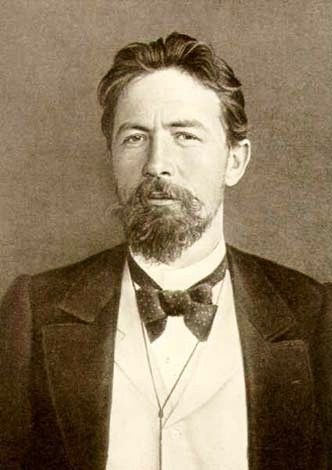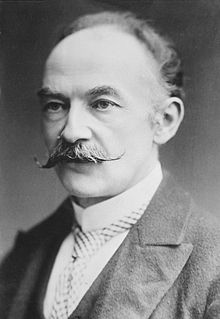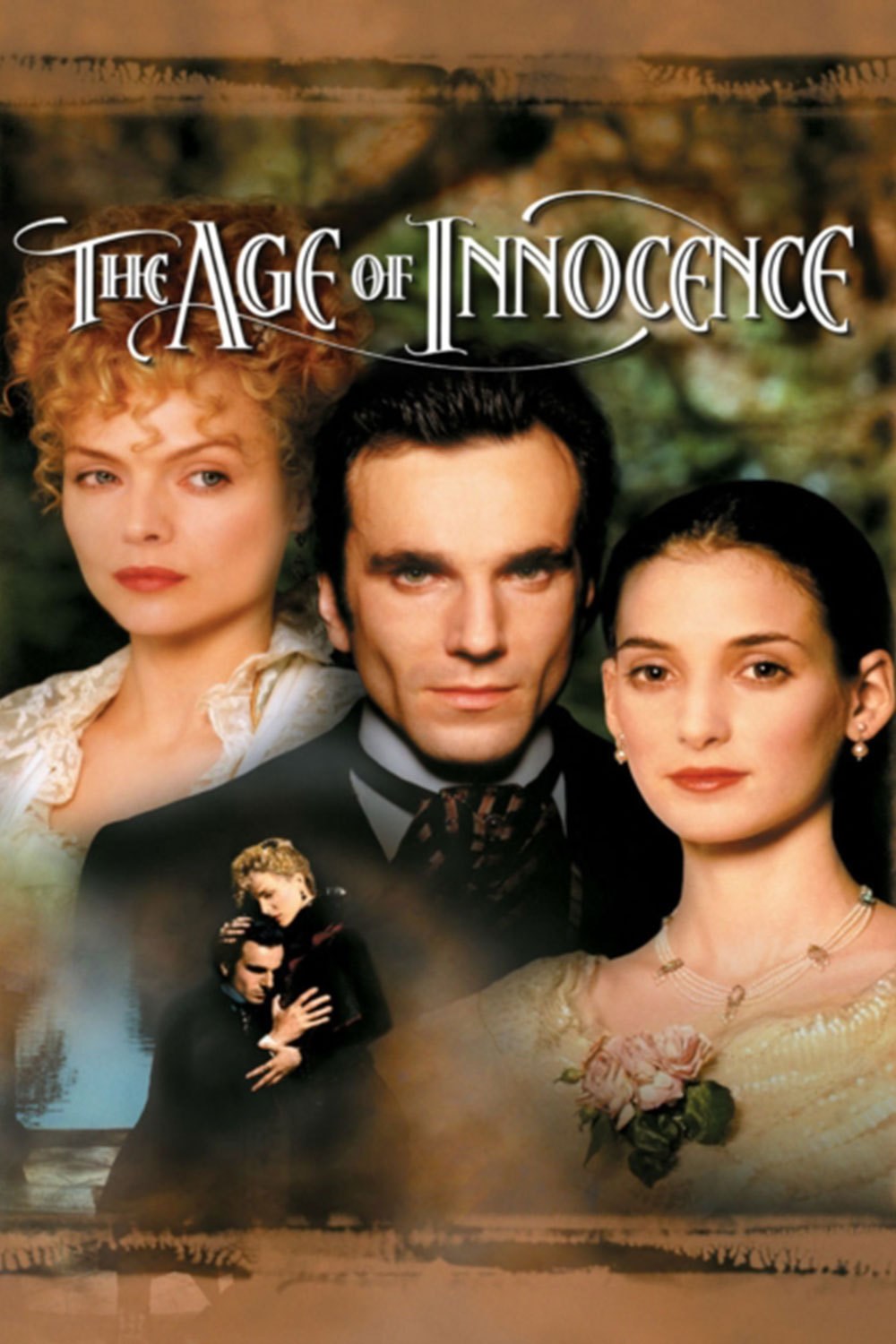
Raymond Clevie Carver, Jr. : an American short-story writer and poet. Carver contributed to the revitalization of the American short story in literature during the 1980s.

Anton Pavlovich Chekhov:a Russian playwright and short story writer who is considered to be among the greatest writers of short fiction in history. His career as a playwright produced four classics and his best short stories are held in high esteem by writers and critics.

The Lady with the Dog:a short story by Anton Chekhov first published in 1899. It tells the story of an adulterous affair between a Russian banker and a young lady he meets while vacationing in Yalta.
The City of Yalta:a resort city on the south coast of the Crimean Peninsula surrounded by the Black Sea.
The Reader is a 2008 German-American romantic drama film based on the 1995 German novel of the same name by Bernhard Schlink.It tells the story of Michael Berg, a German lawyer who as a mid-teenager in 1958 had an affair with an older woman, Hanna Schmitz, who then disappeared only to resurface years later as one of the defendants in a war crimes trial stemming from her actions as a guard at a Nazi concentration camp. Michael realizes that Hanna is keeping a personal secret she believes is worse than her Nazi past – a secret which, if revealed, could help her at the trial.
Trailer

Knowledge will forever govern ignorance, and a people who mean to be their own governors, must arm themselves with the power knowledge gives.--- James Madison
Finding Forrester:a 2000 American drama about an African-American teenager, Jamal Wallace, is invited to attend a prestigious private high school. By chance, Jamal befriends a reclusive writer, William Forrester, through whom he refines his talent for writing and comes to terms with his identity.

3C: Computer、Communication、Consumer
Lilac:a color that is a pale violet tone representing the average color of most lilac flowers. It might also be described as dark mauve or light purple.
Literacy:traditionally understood as the ability to read and write. The term's meaning has been expanded to include the ability to use language, numbers, images and other means to understand and use the dominant symbol systems of a culture.
defendant (n)
a person against whom an action or claim is brought in a court of law.
secretive(adj.)
Having a tendency to keep one's thoughts or activities unknown to others
affair(n)
A sexual relationship between two people, especially when at least one of them is married or in another committed romantic relationship.
-ant:professional
ex:Christian(=Protestant+Catholic)、accountant、applicant
WASP:White Anglo-Saxon Protestant










